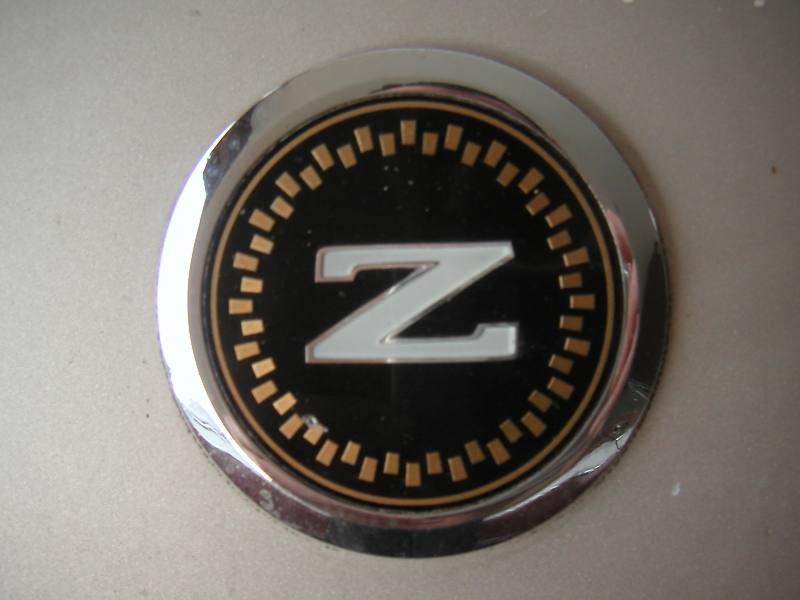Z31 300ZX Evolution

The Nissan 300ZX came about as an evolution in the line of Z-Cars, started in 1970 by Nissan under the brand Datsun in the USA with the introduction of the 240Z. The 240Z and the rest of the Z-Cars were designed with a simple concept: To make an inexpensive and dependable, yet sporty and enjoyable car. There were many cars that came along with offers of many option packages and attractive gimmicks; however, with these gimmicks came a major increase in price and a decrease in fundamental areas, such as agility and value. Who in their right mind is going to pay tens of thousands of dollars for a sports car so loaded to the brim with pointless extras that nothing else on the car is worth anything? It should not be at all surprising that many lines of sports cars have gone by the wayside because they were not profitable. The Z-Cars, however, enjoyed a long run, starting in 1970 with the 240Z and evolving as necessary in order to remain successful.
It should be noted that in 1984, having encountered a negative association with the brand name Datsun due to their participation in World War II, the company officially dropped the brand Datsun and used their name Nissan. And in that same year, gave birth to the 300ZX.
The Z31 was the first Z to stray away from the straight six motor. It was offered with many different engine options. In the US market it was offered with the VG30E and VG30ET 3.0 L V6. In the JDM market, the Z31 also came with a 2.0 liter motor. The 200Z, 200ZG, and 200ZS used the VG20ET motor while the 200ZR had the RB20DET. Other than the 300ZX, the only other factory Z31 variant to use the VG30DE engine is the 300ZR.
The Japanese 300ZX Turbo was not subject to the tough emissions regulations found in the US, allowing it to produce 230 hp (172 kW), outperforming not only its North American counterpart, but the 2.0 liter Z31s as well—their engines only made 170-180 hp. This was to "make the most of the local taxation laws."
Timeline:
1984:
- First year of production, special 50th anniversary edition released. In the USDM market the Anniversary edition had badges on front fenders, different side skirts, 16-inch wheels with gold accents instead of 15-inch standard wheels. In Australia, the 50th AE was also offered with the same silver over black with gold pinstripe like the American version but was offered in only a 2+2 non-turbo version. It had the rear spoiler with digital dash and cloth seats. It had the 50th AE badge on the car but it is located just behind the driver's door on the pillar.
- All euro market Z31 cars have half clear / half amber front turn / parking lights (part numbers 26120-07P00 and 26125-07P00). Also, the headlights are one large headlight rather than a headlight and small fog light used in the USDM markets. The JDM front turn signals also were dual bulb units but the lenses were all amber.
1985:
- Coolant line added to turbos, increasing reliability
- Body stayed the same with the exception of smoked tail lights on turbo models
- Datsun Badge was dropped from hatch
1986:
- Hood scoop discontinued
- Power seats now standard on turbo models, optional on non-turbo models
- All models got new 5 lug wheels and hubs, turbo models received 16-inch wheels with the same design as the 84AE.
- Fenders were flared and side skirts added in the US market. Other markets kept the early fenders.
- Wing added standard on all models, included third brake light in the US market
1987:
- Nose takes on a more rounded shape
- Hood design was changed to conform with new nose shape
- Composite headlights were introduced, fog lamps relocated to lower bumper
- Rear taillights are also redesigned into a single bar across the rear and license plate is moved to the rear bumper.
- Turbo models receive a new limited-slip differential late in the year
- Turbo wheels are a charcoal color whereas the non-turbo are silver
- Vented rear brake rotors added on all models
1988:
- Special SS (Shiro) Edition released; only 1000 made, making it one of the rarest Z-cars ever; Featured a special pearl-white code #234 paint, special Recaro racing-style bucket seats, analog dash, matching white turbo wheels, Exclusive “European” Front Air Dam. Adjustable suspension and most power options removed for weight reduction.
- HP numbers in both non-turbo and turbo cars increased 5 HP as the W-series motors with floating wrist pins and extra cooling passages were introduced.
1989:
- Minor trim changes made
- Two new colors were made available; one of these is the pearl white offered on the 88 Shiro model.
Sources Used
- 1984-1988 Nissan 300ZX Factory Service Manual
- Images provided by: Redare and Chris86NA2T
- Other Items List By: kregel of Z31.com
- Video By: Make + Model





